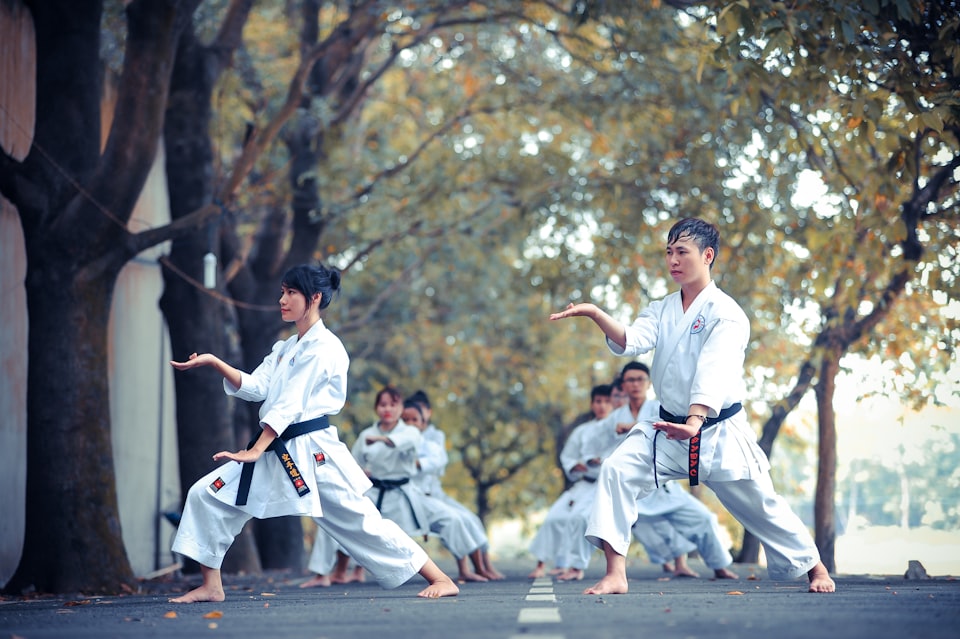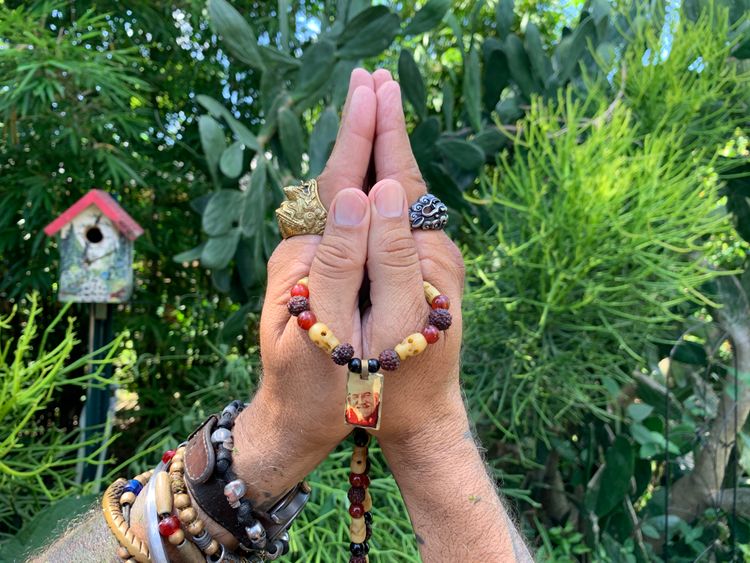Movement Practices

One of the most important movement practices, which is often neglected, is self-defense. Self-defense lies at the heart of every martial art. Modernity has mollified, sportified and distorted martial arts. Competition is seeking glory and perpetuating bitterness. Winning is a construct of the ego.
Self-defense is about survival. Using Kipling’s Jungle Book (1892), as metaphor, the law of the jungle is to kill to eat and kill to not be eaten, that is all.
It is not unlawful or unethical to defend oneself, one’s loved ones, property or country. It is in fact the responsibility of every citizen.
In Let Us Reason Together W.E.B. Du Bois (1919) states:
“We must defend ourselves, our homes, our wives and children against the lawless without stint or hesitation: but we must carefully and scrupulously avoid on our own part bitter and unjustifiable aggression against anybody.”
Bodhidharma, in the 5th century B.C., traveled from India to the Henan Province, China, and trained the Shaolin monks there, not only in the tenets of Buddhism but in the eight animal styles of Kalarippayattu, so that they might be able to defend themselves from robbers and warlords.
For those that have been victims; psychologically; emotionally, physically; sexually; learning self-defense can be an integral part of their recovery. Self-defense training can be an opportunity for them getting their power back. Empowerment is what self-defense training is all about. Self-defense training is the acquisition of tools. How many of us wouldn’t think of driving our cars without a spare tire; living in a home without smoke alarms; sending our child unescorted to the swimming pool without having first taught them to swim, yet everyday people naively stroll out into this world without a clue on how to stop an attacker.
Confidence grows through competence. Developing neural pathways through repetition keeps the would-be victim from having to think in an assaultive situation. The would-be victim now acts, because they already know what to do. Knowing you are ready for anything can keep one from panic and despair. Fear paralyzes.
As a martial arts instructor and having served as personal security, I know the value of being able to keep oneself, and one’s client free from harm.
At OLO, Inc., we screen any and all applicants for self-defense training. We are not seeking militants. We seek to empower those modest and heartbroken persons who have been flattened by hoodlums and tyrants and build them up with a new confidence and a new value of self with boundaries and borders and the ability to maintain them.
Topics of instruction will include the psychology of self-defense; body language; conflict resolution; interpersonal communication skills; the use of voice; as well as sundry Close-Quarter Combat (CQC) techniques derived from Kodakan Judo; Okinawan Karate, Western Boxing and Philippine Kinamutay.
Check out our schedule to practice with Paul.





